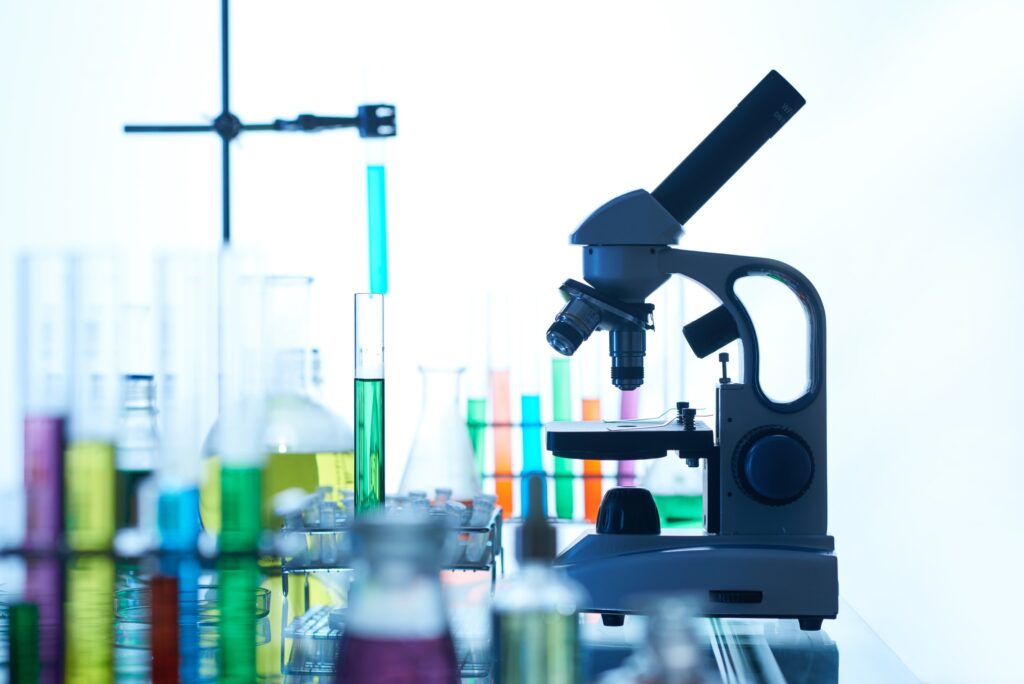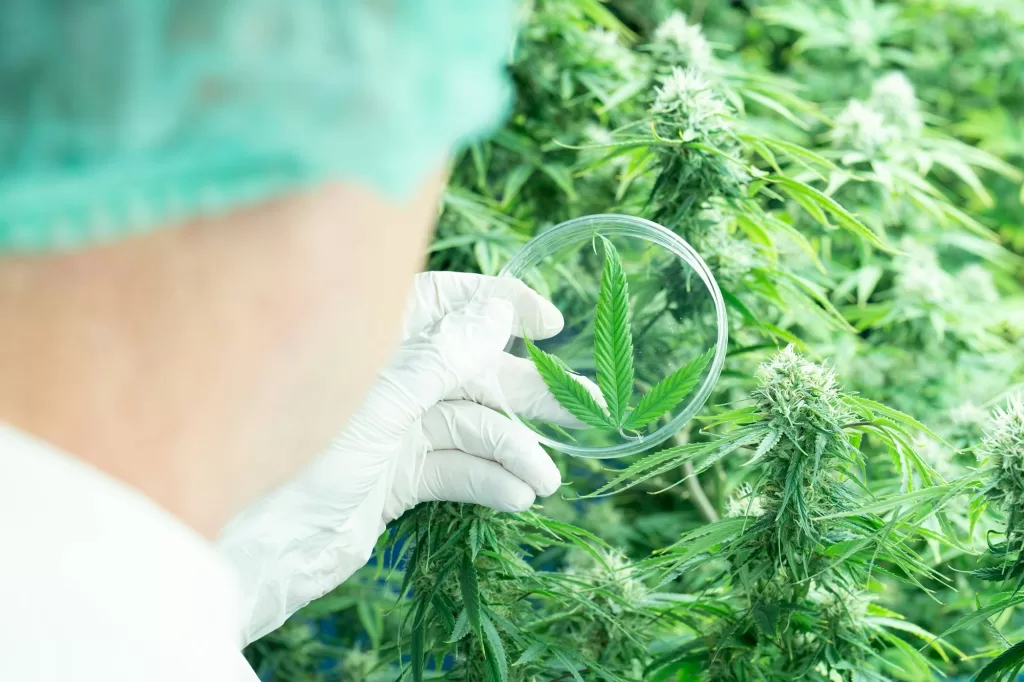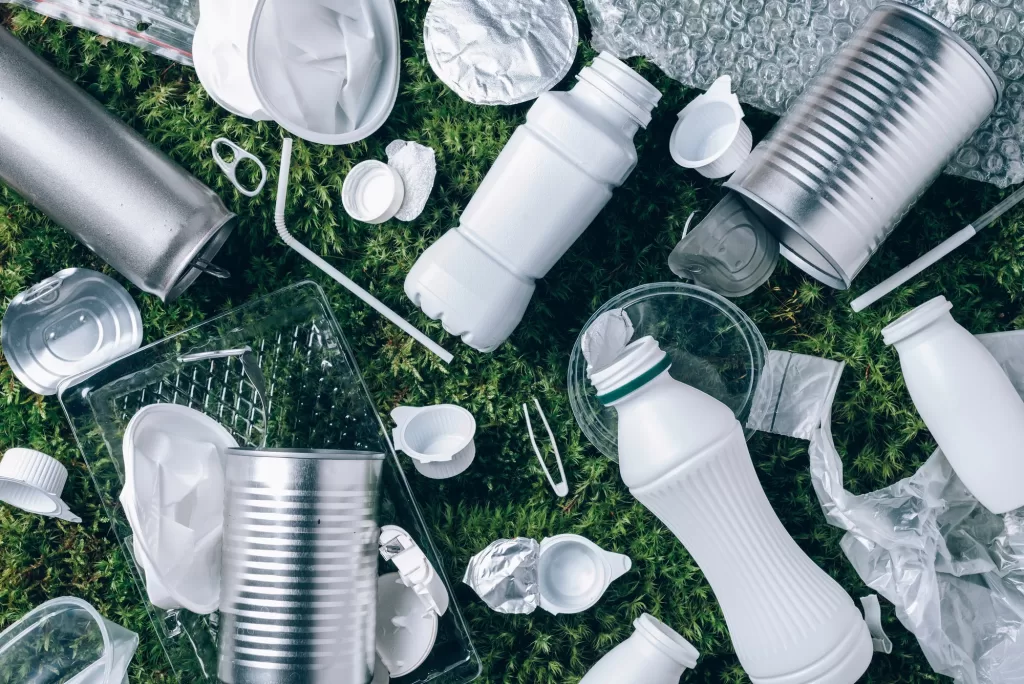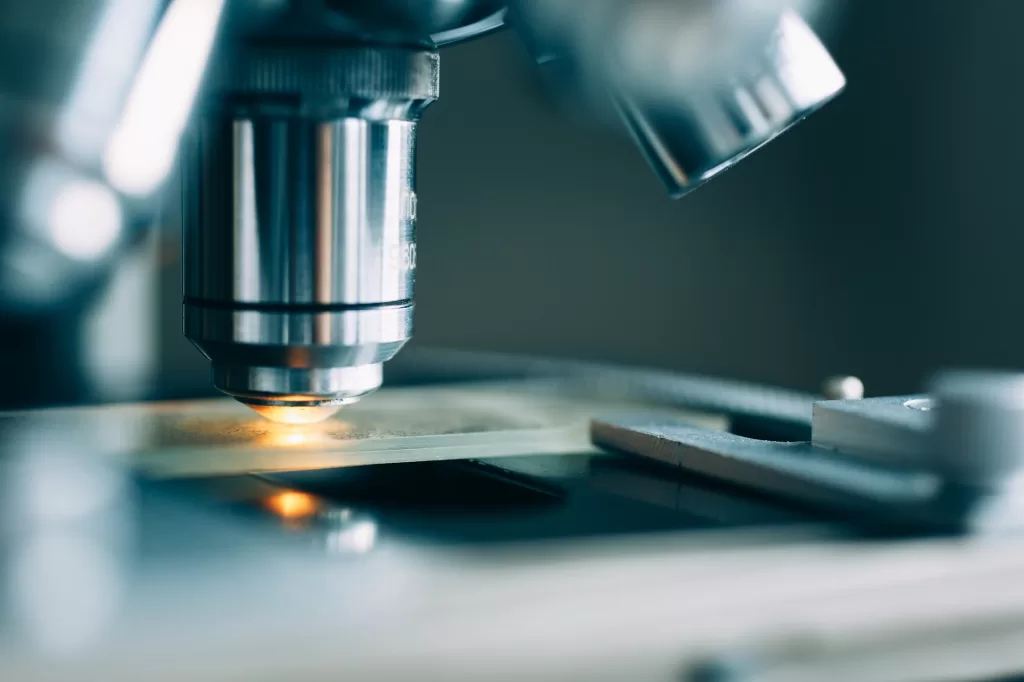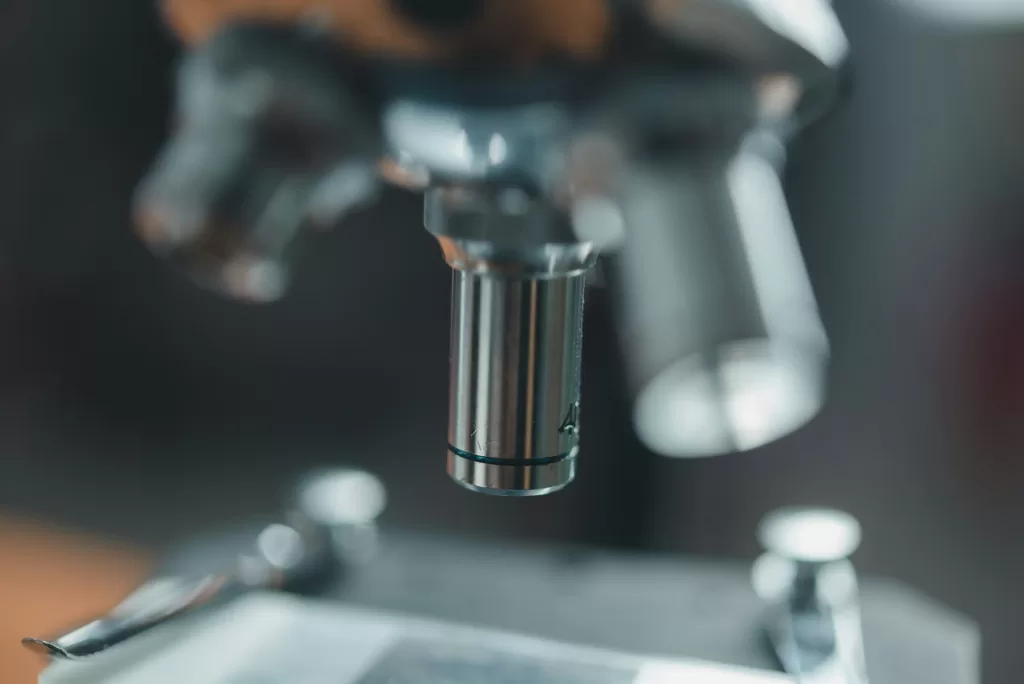What are Heavy Metals?
Heavy metals are common inorganic chemical contaminants resulting from mining operations, automotive emissions, coal-fired power plants, farming practices, and industrial and municipal run-off, among other human activities. They affect water and soil and eventually end up in concentrated form in plants, animals, pesticides, and the sediments used to make fertilizers.
Why Analyze Cannabis for Heavy Metals?
Given their unavoidable presence in soil, heavy metals can contaminate cannabis plants and cannabis products. Those most typically affecting cannabis plants are cadmium (Cd), arsenic (As), lead (Pb) and mercury (Hg). These four are considered Class 1 environmental impurities by the U.S. Food and Drug Administration, defined as “human toxicants that have limited or no use in the manufacture of pharmaceuticals”. Accumulation of heavy metals in the body at toxic amounts is possible over time as the body cannot efficiently remove these metals after exposure, and it can result in a number of health concerns. Heavy metal contamination of cannabis can occur during the growth cycle and processing. And it’s not just the plant itself: They can also be present in packaging materials and make their way to the plant.

How Do We Analyze Cannabis for Heavy Metals?
We perform our HM analysis utilizing state-of-the-art Agilent Technologies ICP/MS model 7800 following a acid microwave digestion of the samples by CEM MARS 6. This technology is widely considered the most advanced and offers the best sensitivity – it is capable of reliably measuring metal concentrations in the levels of parts per billion. Aside from the heavy metals mentioned above, AccuScience is capable of analyzing many other metals.
What Sets us Apart?
Having the right equipment is critical, but it is only part of the equation, and the human element remains relevant and important. The AccuScience management team has more than 100 years of collective analytical testing experience, and we work in a testing facility set to the standards of ISO17025 for pharmaceutical and environmental laboratories. By strictly following these guidelines, we deliver the most accurate and legally defensible results in the industry.
Sample requirement? Less than 2.0 gram of samples


